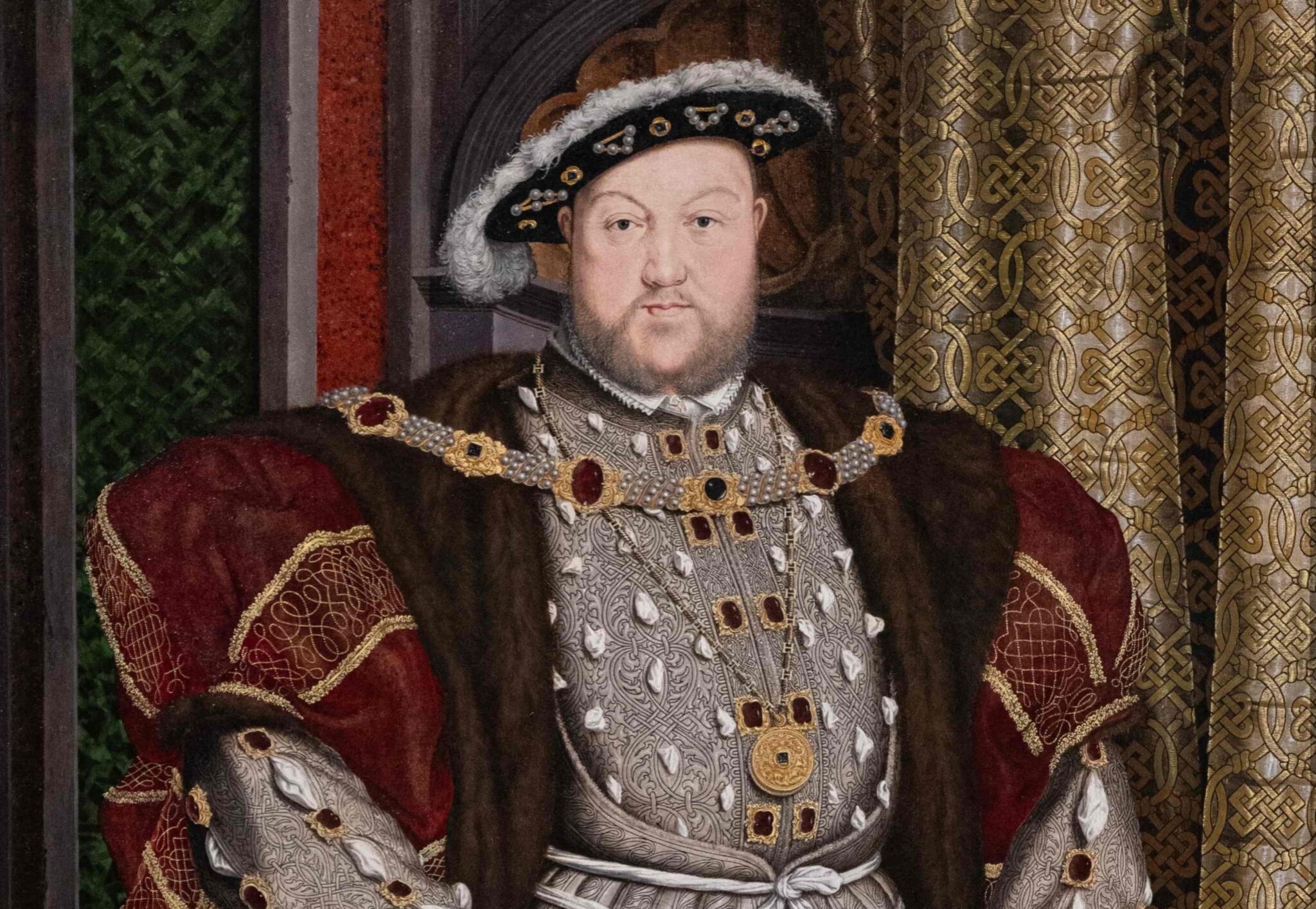It is surprising how often Lust intervenes in simple human situations, wreaking disaster – and that includes in history. For example, the marriage of Mary Queen of Scots after the death of her first husband, the King of France, might seem an easy matter: she being not only young and beautiful but also endowed with a kingdom. But of course it had to be a marriage which was, as it were, politically correct. And this is where a pang in a human heart played its part.
When Mary Queen of Scots first saw her young cousin Henry, Lord Darnley, she described him glowingly in the language of her time as “the properest and best proportioned long man that ever she had seen”. In other words, she felt lust. The emphasis was on the word “long”. Mary herself was exceptionally tall for a woman, possibly 5’9” or 5’10” when women were, on average, a foot shorter. Her troubles dancing with shorter partners can only be imagined.
Now here was Darnley, tall, fair and handsome; immediately she fell for him on the basis of his appearance and determined to marry him. The result was ultimately a disaster, with Darnley involved in the killing of her servant Riccio, and eventually being killed himself. One can only hope that poor Mary enjoyed for a while what she had lusted after so strongly and so speedily.
This is to distinguish lust from love, for Mary had certainly not had time to fall in love. But the strongest distinction between the two in English royal history exists in the dramatic, troubled marital journey of Henry VIII. And here there might be said to have been a double-sided problem: lust and lack of it.
Of his six wives, Henry’s first marriage was arranged in his boyhood, Catherine of Aragon having been betrothed to his dead elder brother. Not much lust there, although perhaps some love before poor Catherine proved incapable of providing a male heir. With Anne Boleyn, on the other hand, lust changed the course of English history. Henry fell violently, physically in love with this intelligent. flirtatious girl, with whom he felt more than capable of performing his marital duties (except he wasn’t actually married to her).
Increasingly this was the point. An accident while jousting led to enormously expanding weight, demonstrated by the change in the size of his armour, still preserved in the Royal Armouries. The need for lust to overcome this problem only got stronger with the years. The lack of any such thing where poor Anne of Cleves was concerned was responsible for the rapid collapse of his fourth marriage, whereas the frisky, teenage Catherine Howard found it easy to arouse – unfortunately not only in her husband but in a few others as well.
Whereas lust played an undoubted part in these royal lives, there is an irony in the life story of a celebrated historical figure, who was widely supposed to be ruled by the emotion, yet probably never actually experienced it, or at any rate was never dominated by it. This was Marie Antoinette, born an archduchess of Austria before becoming Queen of France as the wife of Louis XVI – and finally a victim of the guillotine.
She had an off-putting introduction to sex. Her husband was either unwilling or incapable of consummating the marriage. Since the royal bedtime was treated as a social occasion, the bed being surrounded by relatives and courtiers, the effect of her husband’s public failure on a vulnerable teenager, in a foreign country far from home, must have been agonising.
It took time and a talking-to by Marie Antoinette’s brother (who took Louis into a field and pointed to a stallion) to bring about a situation where she was able to produce not only an heir but a beloved daughter. None of this was likely to make lust a dominant emotion in Marie Antoinette’s life, which did not stop evil tongues embroidering the truth at will.
Marie Antoinette was certainly capable of passion, but it was passion for the things which had dominated her youth. Above all there were her children. Not only the tricky circumstances surrounding their conception, but memories too of childhood and her own huge quantity of brothers and sisters inspired a great love.
Perhaps it is pleasant to conclude by remembering one monarch who simply enjoyed lust, straightforwardly without complication. Not only did Charles II lust after women and then happily reward them for their services with titles and estates, but he actually liked women and enjoyed their company. Perhaps that is the secret of lust in history: where liking and lust are found together, whatever the political problems, a sort of happiness is engendered.
At any rate, whatever problems Charles II had, they were not with the other sex, nor for that matter in begetting children of whom a formidable number survived him, as a monument to his happy lustfulness.



